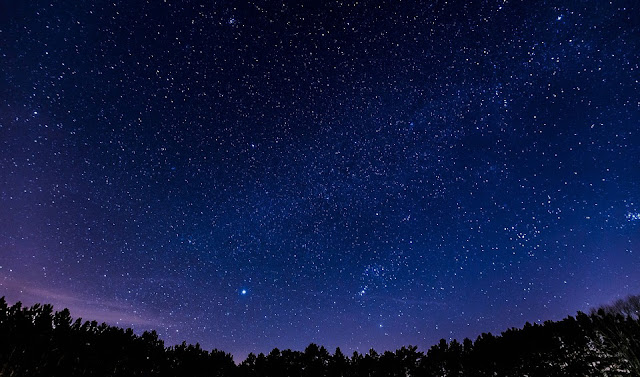Twinkle of the Stars
"Twinkle Twinkle little stars, how I wonder what you are". This is a small extract from arguably the most famous nursery rhymes that we have learned during our kindergarten years and now our next generation are also learning the same and probable the cycle will continue. Stars have long been a part of many traditional folktales across the globe and have mystified the ancient folks with their mere presence in the night skies. In medieval times, sailors have used the star position in the night sky to navigate their way to different places. Even now stars play with our imagination and make us wonder about interstellar travel. As we all know that the Sun is the nearest star, but very few know anything more than that. Like what is a star made of, Which star is nearest to Earth after the Sun and so on. So let's discuss the fantastic existence of the Stars.
 |
| Stars are one of the most common celestial objects in a child's sketch |
What are Stars?
Types of Stars
Astronomers characterize a star's brightness by measuring both its magnitude and luminosity, or the total amount of energy a star churns up in one second, as well as how far away they are. Stars can be categorized by their luminosity. The six classes, from brightest to dimmest are Ia, Ib, II, III, IV, and V. The mass of a star can define how it will live and die. More massive stars burn through their hydrogen more quickly and die out first. Astronomers measure the mass of other stars in "solar masses" relative to our sun.
Using all of these variables, astronomers plot the evolutionary phase of a star on the Hertzsprung-Russell diagram. The smallest stars are called red dwarf stars. These long-lived stars are abundant in the universe and very dim, emitting 0.01 percent of our sun's energy. Short-lived hypergiants, on the other hand, can reach up to 100 solar masses. They burn brighter, reach temperatures of 30,000 kelvin, and are extremely rare in the universe.
Our sun is a Type-G yellow dwarf. Our closest stellar neighbor, Proxima Centauri, is an M-Type red dwarf. Vega, in the constellation Lyra, is a blueish-white A-Type dwarf star.
What we think
The great mystery arises when very large stars form. Astronomers know that stars up to about six times the mass of our Sun are born the way we know so far. Stars with greater masses require a different process because the pressure from the stars' radiation will push the disk away, preventing stars from growing larger than roughly six times the size of our Sun.
Astronomers have seen these large stars, so they know large stars exist and must be born in some way. But, how they are born is still a big question for astronomers all over the world.
That's it for now. Stay Safe. Stay Healthy.






Comments
Post a Comment